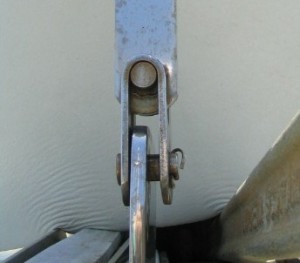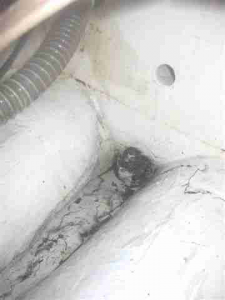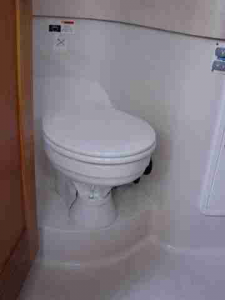Mainsheet, August 2009
I am very pleased to be taking over as Technical Editor for the C380/387/390 Association. I had considered taking the similar position back when I owned my C34, but work and other commitments prevented doing so. Being “semi” retired now allows time to take on other interests. I’ve done a lot of “hands on” work on my Catalina 22, 34 and 380 over the last 25 years (with an unmentionable “H” boat in there too). Plus I have read, and maintain a file of, countless technical articles from various sailing and boating magazines over the years. So I hope I can bring my knowledge to bear on your problems.
Warren has been doing a wonderful job as Technical Editor and I thank him for his service to the Association. Even though he is “retiring” as Technical Editor, he remains active in the Yahoo list so we will
You need to be logged in to see the rest of this content. Catalina380-IA members, please login.
To join please fill out a membership application (Association->Membership Application) and send a check to the address on the form.




